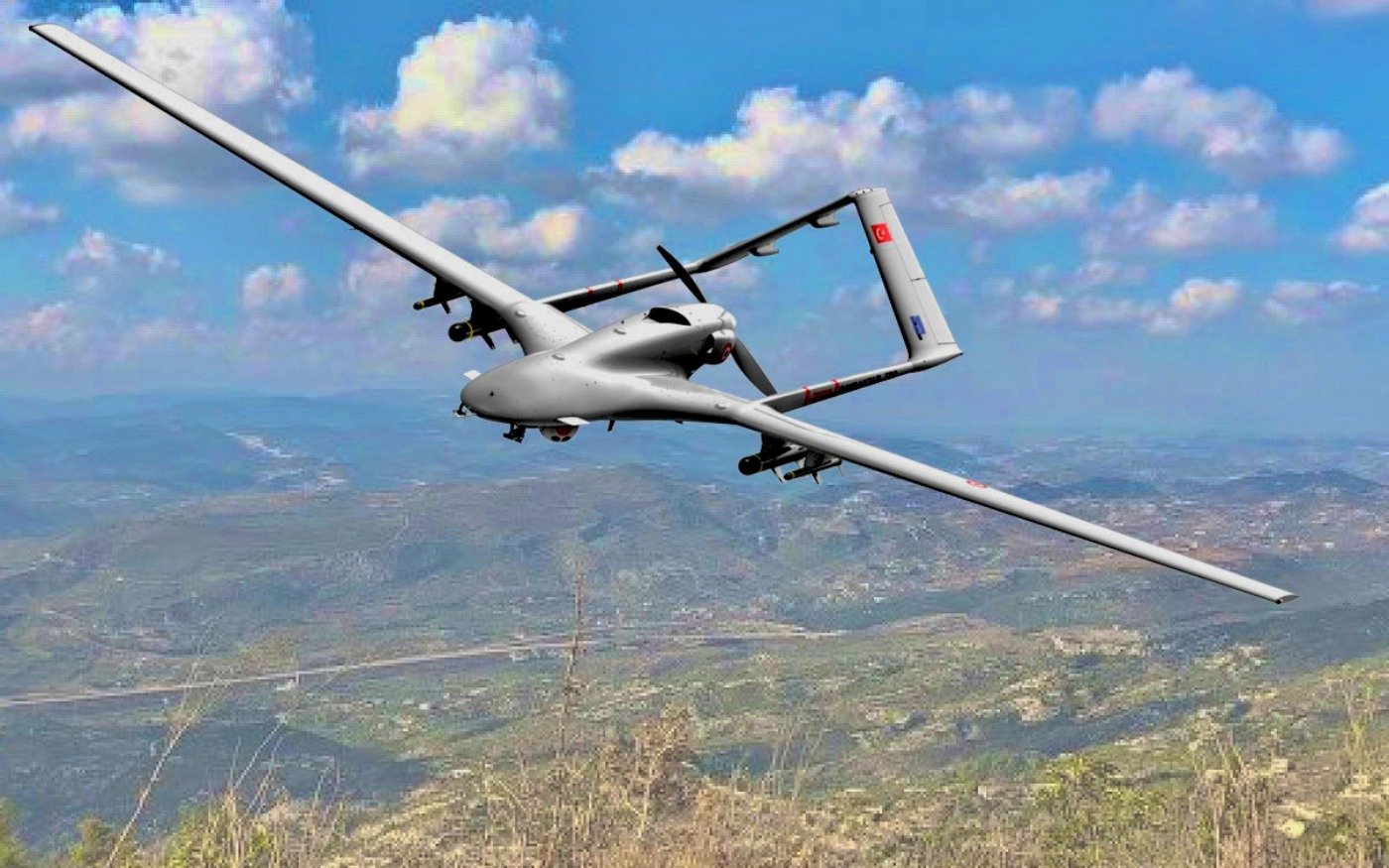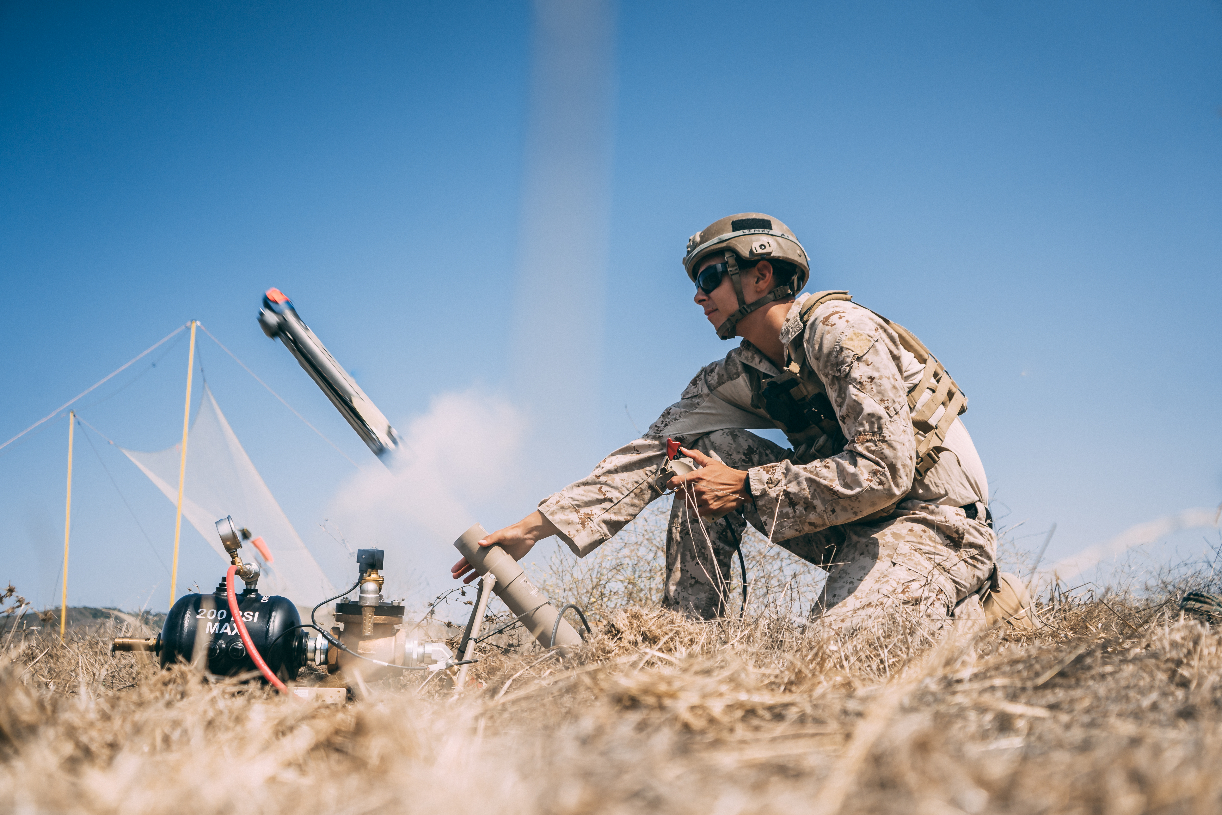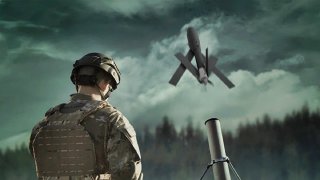5 Deadliest Attack Drones on Planet Earth
Unmanned aerial systems (UAS), also known as "drones," have proven to be game changers in recent years – destroying enemy tanks and warships in the ongoing fighting in Ukraine, and in conducting precision strikes against high-value targets around the world. These unmanned systems have changed the way we think of "death from above.
Unmanned aerial systems (UAS), also known as "drones," have proven to be game changers in recent years – destroying enemy tanks and warships in the ongoing fighting in Ukraine, and in conducting precision strikes against high-value targets around the world. These unmanned systems have changed the way we think of "death from above."
Here are five deadly drones you certainly don't want overhead.
General Atomics MQ-9 Reaper
The United States military's MQ-9 remains among the most used unmanned aerial systems (UAS) in service today, yet, it is important to note that it still requires a lot of human interaction. Every turn, every climb, every descent, every airspeed change is still controlled by a human operating the aircraft from a great distance.
Designed as a follow-up to the MQ-1 Predator, the Reaper can carry a great deal of ordnance, which allows it to fulfill the "hunter" component of a hunter-killer drone. Reapers can carry double the amount of Hellfire missiles that the Predator could carry, while the MQ-9 can also carry up to 500 pounds of bombs.
The MQ-9 can also employ up to eight laser-guided missiles. The Air-to-Ground Missile-114 Hellfire possesses highly accurate, low-collateral damage, anti-armor, and anti-personnel engagement capabilities. Even as the U.S. Air Force seeks to develop more autonomous and capable drones, the MQ-9 has continued to be updated and enhanced.
Qods Mohajer-6
Iran's Qods Mohajer-6 is an Intelligence, Surveillance, Target Acquisition, and Reconnaissance (ISTAR) UAS capable of carrying a multispectral surveillance payload and/or up to two precision-guided munitions. The UAS is controlled by two elevators on the horizontal stabilizer, rudders on the vertical stabilizers, and two flaps per wing. Unlike other Mohajer variants, it has a three-bladed propeller. It has a wingspan of 10 meters and is 5.67 meters long.
The Mohajer-6, which was first unveiled in early 2016, has two hardpoints, one under each wing, which can each carry one Qaem TV/IR-guided missile. In August 2022, the Mohajer-6 was reported to be equipped with the Almas missile.
Bayraktar TB2
NATO member Turkey has become a major producer and user of drones while it has also become a major seller in the process. Turkish Aerospace Industries (TAI) began developing domestic UAS in 2013 after relations between Washington and Ankara soured. Among its most effective platforms developed to date is the Bayraktar TB2, a medium-altitude long-endurance (MALE) unmanned combat aerial vehicle (UCAV) capable of remotely controlled or autonomous flight operations.

The TB2 drones can loiter over tanks and artillery, and then launch missile strikes with deadly accuracy. Each can reach altitudes of 25,000 feet and fly for 27 continuous hours. Operated remotely from up to 185 miles, the Bayraktar drone is also capable of bearing four laser-guided bombs or rockets, for a total payload of some 150 kilograms. It has a lower radar cross-section, as well as an auto-pilot feature, and employs numerous sensors, while the drone isn't dependent on GPS.
AeroVironment Switchblade
Technically a cross between a missile and a UAS, the AeroVironment Switchblade falls into the category of "loitering munition" or suicide drone. It can be remotely operated and used to semi-autonomously target enemy positions.
The aptly named Switchblade is compact in size, and unlike the larger TB2 – which carries a payload and then returns to base – this mini-drone is a "one-and-done" weapon that carries its own warhead. It acts as a "kamikaze" where it flies to a target and then strikes according to orders.

Also called loitering munitions, these tactical drones can be carried in rucksacks and released into the air by soldiers. They’ve been successfully used to target tanks, armored vehicles, truck convoys, and artillery nests.
There are currently two models and each has a different mission. The "300" is smaller and meant for anti-personnel attacks, whereas the "600" is a bit heavier with larger warheads. It is intended to take out tanks and armored vehicles. These drones take only minutes to launch, yet can fly at least 100 miles per hour while the 600 model still weighs just 50 pounds. It can attack targets 24 miles away and loiter for 40 minutes. The interesting thing about the Switchblade is that its attack scheme can be called off if no target presents itself. The targeting is accomplished by GPS, but it also be manually controlled.
ZALA Lancet
Russia has also developed a loitering munition, which it has employed to great success in the fighting in Ukraine. This is the ZALA Lancet loitering munition, which was designed by the ZALA Aero Group, a subsidiary of the Kalashnikov Group. It is one of the few successful domestically built Russian platforms to see service in Ukraine. It is the successor to the Kub ("Cube"), an earlier, flying-wing-style loitering ordnance system also developed by ZALA. The Lancet, which was first unveiled in June 2019, was field-tested in Syria, where it was employed by anti-government forces in Idlib in 2020-2021.
The Lancet features two X-shaped wings at the front and rear of the fuselage and is powered by an electric motor that drives a two-bladed propeller located at its rear. It is constructed of plastic and composite materials and weighs just 12 kilograms, including its 3 kg payload.
The unmanned aerial vehicle has a maximum range of 40 kilometers, and its endurance is approximately 40 minutes. The ZALA Lancet can serve in both a reconnaissance and attack role, and during flight, it can be directed by GPS coordinates or visual control.
During the terminal part of a mission, it can be controlled manually to target via electro-optical guidance and a TV guidance unit.
Author Experience and Expertise: Peter Suciu
Peter Suciu is a Michigan-based writer. He has contributed to more than four dozen magazines, newspapers, and websites with over 3,200 published pieces over a twenty-year career in journalism. He regularly writes about military hardware, firearms history, cybersecurity, politics, and international affairs. Peter is also a Contributing Writer for Forbes and Clearance Jobs. You can follow him on Twitter: @PeterSuciu. You can email the author: [email protected].


